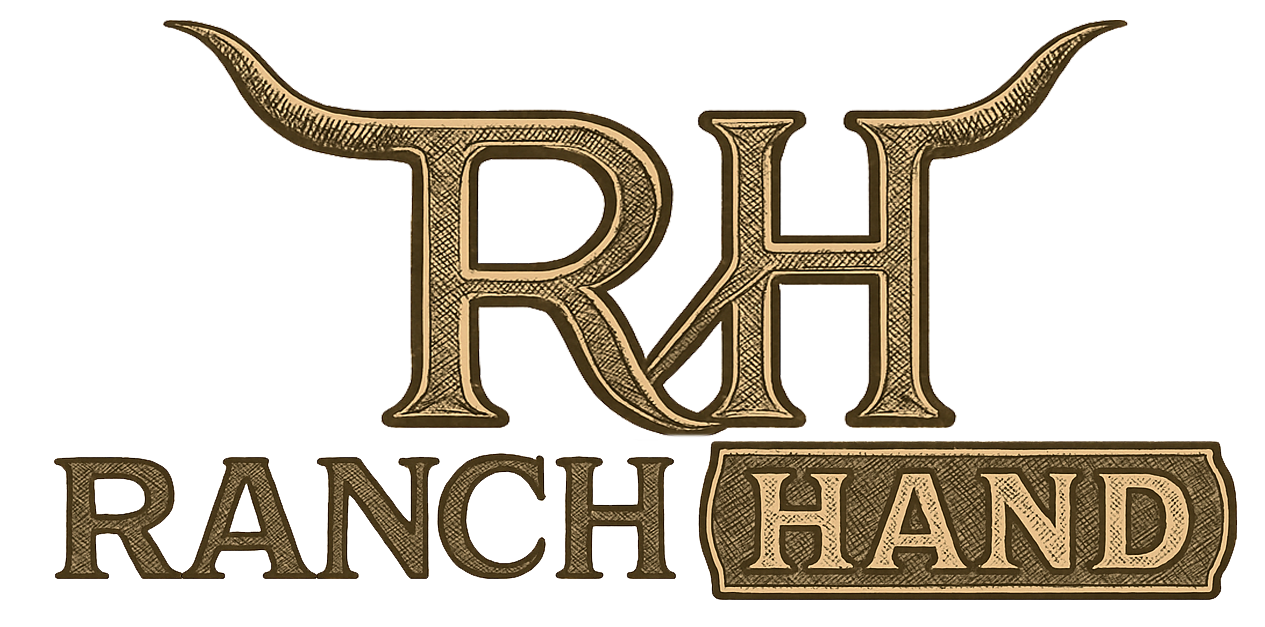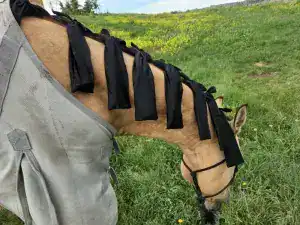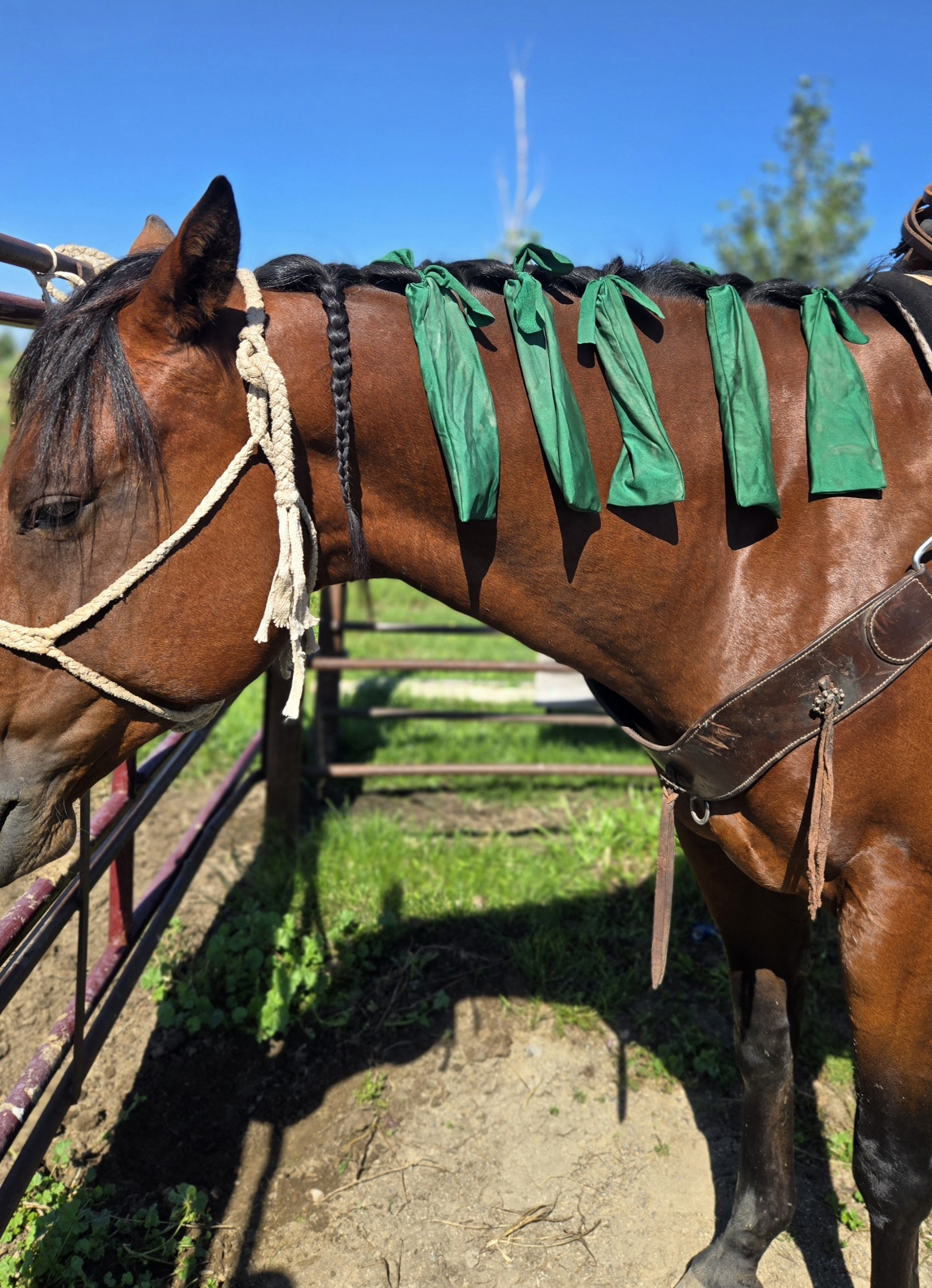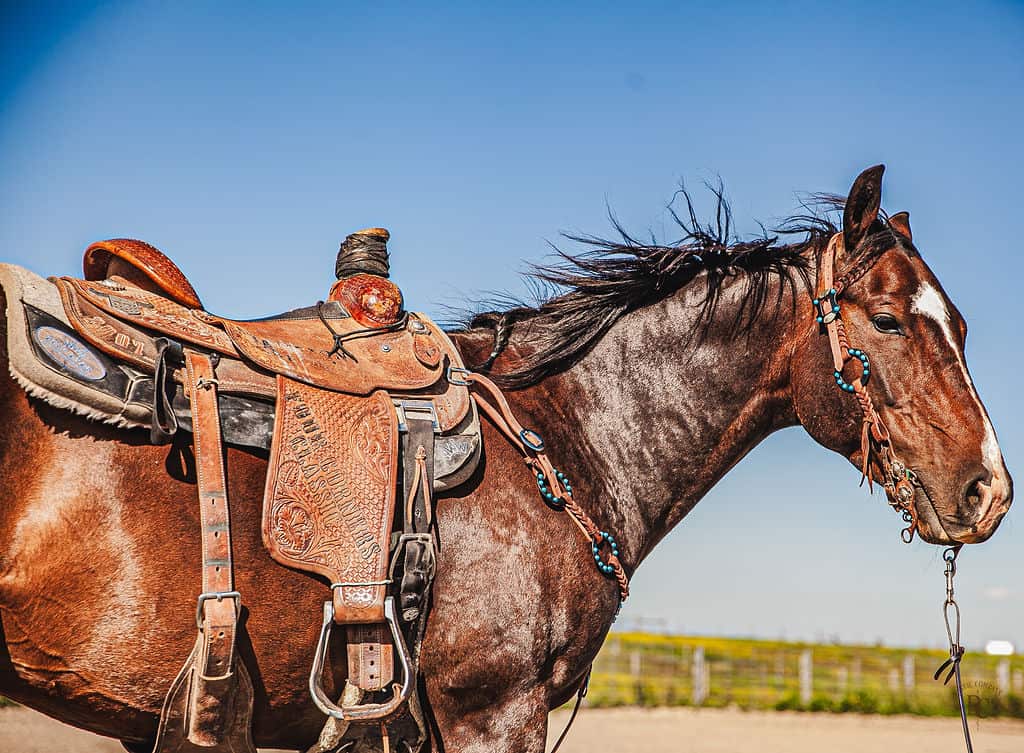Roping horse tack is a special kind of gear made for horses that are trained for roping. Whether you’re working on a ranch or competing in rodeo events, having the right tack makes a big difference. This gear helps keep you safe, helps your horse stay comfortable, and lets you do your job the right way. In this article, we’ll talk about all the important pieces of roping tack, how to choose them, how to care for them, and what mistakes to avoid when buying. By the end, you’ll know exactly what you need and why.
What Is Roping Horse Tack and Why Is It Important?
Roping is not just regular riding. It’s quick, strong, and full of action. When you chase a calf or rope a steer, your horse needs to stop and turn fast. You both need to work as one team. That’s why the tack has to fit well, be strong, and be made for this kind of job.
Good tack makes a big difference. It helps you stay in the saddle. It keeps the saddle in place. It keeps your horse safe and comfortable. It also helps you use the rope better and not lose balance. If you’re using cheap or wrong tack, it could slip, break, or hurt your horse. That’s the last thing you want when you’re going fast.
The Must-Have Pieces of Roping Horse Tack
The first thing every roper needs is a strong saddle. Roping saddles are heavy-duty. They have a big horn so you can wrap your rope. They have deep seats to help you stay in place. And they have strong trees that won’t break when your rope pulls on a steer.
Next is the breast collar. This keeps the saddle from sliding back. When the horse stops quickly or turns fast, the breast collar holds everything steady. You don’t want your saddle sliding when you’re roping.
Headstalls and reins are also important. These let you steer and control your horse. You want reins that give you a good grip and let you guide the horse fast and smooth. A well-fitting headstall helps your horse respond better.
Don’t forget about cinches and girths. These hold the saddle tight on the horse’s belly. They need to be strong and fit right. A loose cinch can be dangerous.
Your horse also needs leg protection. When horses stop and spin fast, they can hit their legs. Use skid boots, bell boots, or splint boots to keep their legs safe.
How to Pick the Right Roping Tack for Your Horse
Every horse is different. Big horses need bigger tack. Smaller horses need smaller tack. The tack should fit snug but not tight. A saddle that’s too big will move around. One that’s too small will hurt your horse.
Pick gear that matches how your horse moves. If your horse is built wide, get a wide saddle. If your horse has a high wither, get a saddle made for that shape. There’s no one-size-fits-all in roping.
Also, think about your riding style. Are you team roping? Calf roping? Ranch roping? Each style may need small changes in gear. Team ropers might want shorter reins. Calf ropers need stronger horns on the saddle. Choose tack that fits your event.
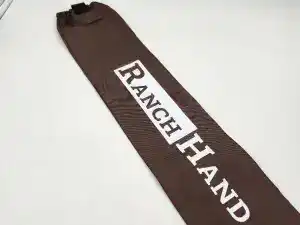
What Materials Are Best for Roping Tack?
Most roping tack is made from leather, and for good reason. Good leather lasts a long time and feels good on the horse. Look for full-grain leather or Hermann Oak leather. These are strong, thick, and age well. Latigo leather is good for cinches and straps because it stretches just right.
Check the stitching and hardware too. You want brass or stainless-steel buckles. They don’t rust and they hold tight. Double stitching is better than single stitching because it stays together longer.
Some riders use synthetic tack. It’s lighter and cheaper. But leather is better for roping because it handles the pressure and force better. If you want the tack to last years, go for leather.
Keeping Your Roping Tack Clean and Strong
Take care of your tack and it will take care of you. Dirty tack wears out faster and can rub sores on your horse. After each ride, wipe off the dirt and sweat. Use a damp cloth and a soft brush.
Once a week, clean your leather with saddle soap. Then use leather oil or conditioner to keep it soft. Don’t let the leather dry out or crack. Store your tack in a cool, dry place. Keep it off the floor and away from water or sun.
Check your tack often. Look for cracks, worn spots, or loose stitching. Fix small problems before they turn into big ones. Replace old gear that’s not safe anymore. Your horse deserves safe, clean tack.
Mistakes to Avoid When Buying Roping Horse Tack
Don’t buy tack just because it looks good. Pretty gear isn’t always strong. Function is more important than fashion. Also, don’t buy just by price. Cheap gear often breaks faster. You’ll end up spending more in the long run.
Avoid buying tack that doesn’t fit your horse. Even the best saddle will cause problems if it doesn’t fit right. Always check sizing guides. Try tack on before you buy if you can.
Don’t mix and match pieces that don’t go together. Buy tack that works as a set. A good saddle, matching breast collar, and right reins will feel balanced. Also, don’t forget leg protection. Many people skip this, but it’s one of the most important parts.
Where to Find the Best Roping Horse Tack
You can buy tack from tack shops or online. Tack shops let you try things on and feel the quality. Online stores have more choices and sometimes better prices.
When buying online, read reviews. Look for tack makers with good customer service and return policies. Custom tack makers are also a great choice. They can make gear that fits your horse just right. Yes, it may cost more, but it’s worth it.
Look for makers known in the roping world. Ask other riders who they trust. Some tack makers have been in business for years and know what real ropers need.
Let’s Talk Like Real Riders Do
Okay, now let’s stop talking like a textbook and start talking like we’re chatting in the barn. If you’re reading this, you probably already love your horse and want to do things right. So let me tell you—roping horse tack isn’t just gear, it’s your connection to the horse. It’s what keeps both of you working together as one.
Imagine being in the arena. The steer bolts. You and your horse take off. You lean forward. Your saddle grips. Your breast collar holds tight. Your reins respond fast. Your cinch doesn’t move an inch. You rope clean. Boom! You just did your job. That’s what good tack gives you—trust. You trust your gear so you can focus on the rope, the run, and your partner.
But let’s be real—it’s easy to grab the cheapest thing off a website. You see a nice saddle online for a low price and think, “This looks good.” But then it shows up, and it’s stiff, heavy, and doesn’t fit your horse. That’s money wasted. Always go for quality, even if it costs a bit more. Good tack lasts years, even decades if you treat it right.
Talk to other ropers. Go to local roping events. Watch what gear the pros use. Ask questions. Learn what works and what doesn’t. Everyone starts somewhere. Don’t be afraid to say, “Hey, what kind of saddle is that?” People in this world love to share what they know.
Also, listen to your horse. If they’re sore, crabby, or moving weird—it might be your tack. Horses don’t lie. A happy horse moves clean. A horse with poor tack stumbles, bucks, or acts up. Always check for signs of rubbing, hair loss, or swelling. That’s your horse’s way of saying something’s wrong.
So if you’re just starting out, don’t worry. Take your time. Buy slowly. Start with a good used saddle, a solid breast collar, and leg protection. Add to your setup as you learn more. Just make sure what you buy fits well, feels good, and keeps both you and your horse safe.
FAQs About Roping Horse Tack
What makes a roping saddle different from a regular saddle?
A roping saddle is built tougher. It has a strong horn for wrapping the rope, a deeper seat to keep the rider steady, and a reinforced tree to handle the pressure of stopping a steer.
How do I know if my tack fits my horse correctly?
Check that the saddle doesn’t rock, pinch, or slide. The breast collar should be snug but not tight. Reins should let you guide easily without pulling. Watch your horse for signs of discomfort.
Can I use synthetic tack for roping?
While some riders use synthetic tack, leather is usually better for roping. It’s stronger and more durable. Synthetic tack may not hold up well under heavy pressure.
How often should I clean my roping tack?
Wipe it after every ride. Deep clean once a week with saddle soap and oil it to keep the leather soft. Regular care makes tack last longer and keeps your horse comfortable.
What’s the best place to buy roping horse tack?
Local tack shops are great for trying gear in person. Online stores offer variety. Choose well-known brands or trusted custom makers. Always read reviews before buying.
